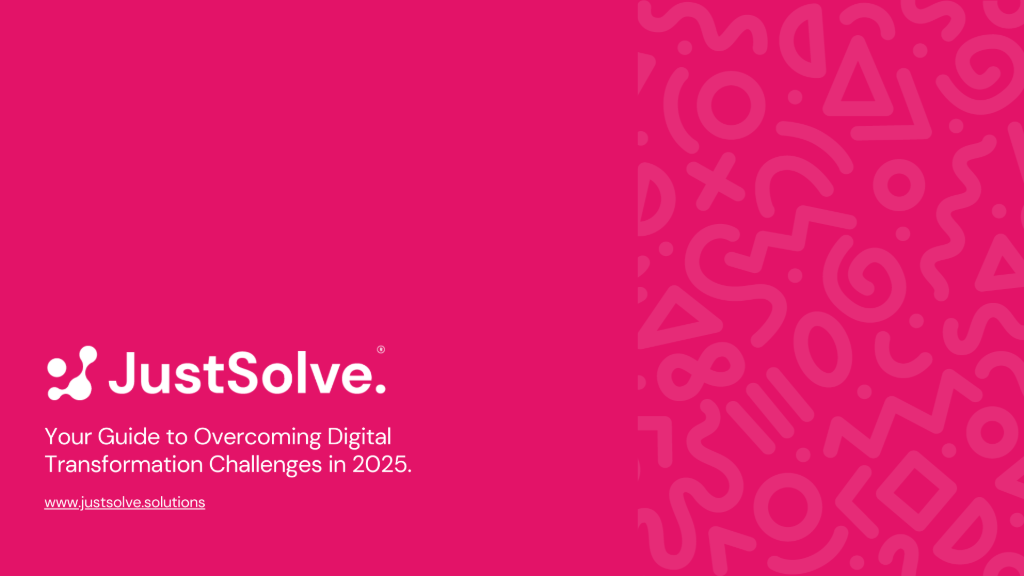The world of coding has evolved rapidly and as a business professional, you have an abundance of coding options to choose from when building your digital products. Each option comes with its own pros and cons, but how do you choose the one that best fits your situation?
Let us unpack the differences between each coding method and examine when each approach will best suit your development requirements:
High-code:
High-code is also known as traditional programming. This approach requires that skilled developers produce custom software by manually writing lines of code. These developers rely on multiple frameworks and programming languages.
The core principle of this approach is that you can build anything and own it completely. However, it is more expensive and may create friction when handing over code.

Low-code:
Low-code development is the approach in which developers make use of pre-code models, that have drag-and-drop functionalities.
This approach offers speed, agility, and a flat learning curve, which allows you to onboard new developers quickly. Low-code retains the ability to add additional and custom features to applications by injecting manually written code.
Low-coding companies include OutSystems, AllCanCode, Sybrin and Microsoft Power Apps.

No-code:
No-code platforms offer everyone the ability to code. With these platforms, not a single line of code needs to be written. They make use of simple input tools and configurations to build experiences.

Commercial Off-The-Shelf (COTS):
COTS are commercially produced software products that can be purchased in a retail store or online. These products are ready to use without any modification by the user, and are available to everyone.

How to decide which is the suitable approach:
When developing an application, the most crucial step is choosing the right software development approach. The wrong approach can result in a loss of money, time, and resources.
The following table illustrates which approach will be most suitable for which requirements:

The Hybrid Approach:
Finding a “one size fits all” solution to your problem is exceedingly rare. When looking at the capabilities of each approach, as well as their pros and cons, it is easy to see that a hybrid approach would be the most beneficial.
Low-code approaches can be used to prototype and validate the business value. These flows can then serve as templates for ‘traditional development’ or can be extended to connect with existing systems via custom code and integrations.
Following the creation of a business case, and its proof, the business can then redeploy or hire the skills needed to build out the functionality according to their standards. As a result, businesses can innovate more and explore new revenue streams, without the barriers associated with ‘High-Code.’
Gartner predicts that by 2025, 65% of apps will be developed using low-code. However, this does not mean that high-code is out of the question.
By combining the two methodologies you can utilise the low-code approach of reuse to improve traditional development. This allows development teams to focus on making innovative apps while the low-code platform handles repetitive development tasks.
Let’s empower you to build end-to-end software solutions by taking advantage of what both low-code and high-code have to offer.








